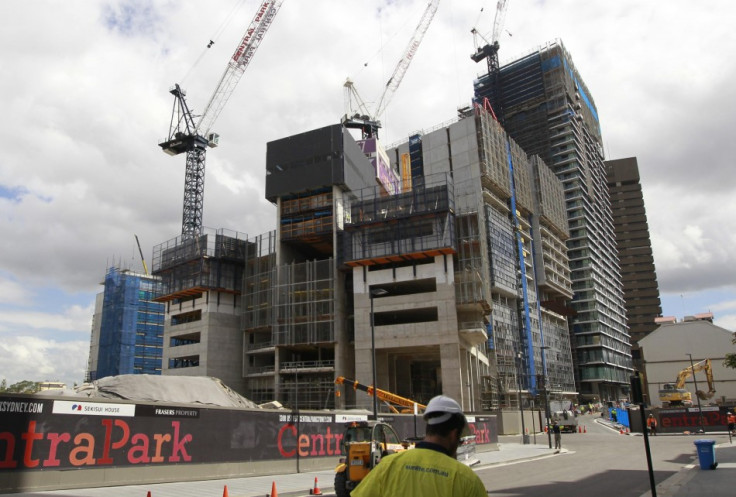Australian Business Confidence Edges Down in February - Survey
The guage of business confidence fell 2 points to 1 during the month

Australian business confidence eased in February as the strength of the local currency pressured manufacturing and demand weakened in the non-mining sectors, suggests a survey.
According to the National Australian Bank's (NAB) monthly survey that covers over 500 firms, business confidence fell 2 points to 1 during the month, while a gauge of business conditions edged a point lower to -3.
"Perhaps most concerning is the slump in forward orders, with the index declining to its lowest level since May 2009," NAB's chief economist, Alan Oster was quoted by Reuters. The gauge tracking it had slipped 7 spots to -11.
"Combined with still low capacity utilisation, stocks, employment and capital expenditure readings, forward indicators imply little improvement in near-term demand".
The survey showed some bright spots for the economy, especially the retail and wholesale sectors which have improved as consumers began to increase their discretionary spending. Leisure and personal services too improved, while the mining industry benefited from the increase in commodity prices.
However, manufacturing and construction sectors remained weak due to weak investment outside mining sector.
Oster suggested that the Reserve Bank of Australia might need to ease its monetary policy further to help the economy.
At its policy meet this month RBA had left its interest rate unchanged, citing better business and consumer confidence conditions as one of the reasons. But the central bank had indicated that there is still room for easing considering that the inflation levels that remained under control.
"With weak underlying demand continuing, we still see unemployment rising to 5.7 percent by midyear, with little sign that non-mining investment will ramp up," Oster said. Australia's official jobs data is set for release this week, which is expected to show that the unemployment rate inched higher to 5.5 percent in February.
The report also noted that wage costs remained tame in February, while retail prices remained little changed due to strong market competition. Capacity utilisation improved 0.5 percentage points to 79.8 percent.
© Copyright IBTimes 2025. All rights reserved.





















